Roman Empire’s territorial holdings span across the coasts of the Mediterranean Sea in Europe, North Africa and Western Asia. It is safe to say that Rome encountered with numerous opponents during this expansion. Here are some of the most formidable enemies of Rome in my opinion:
#1 – Hannibal Barca (247-182 BC)
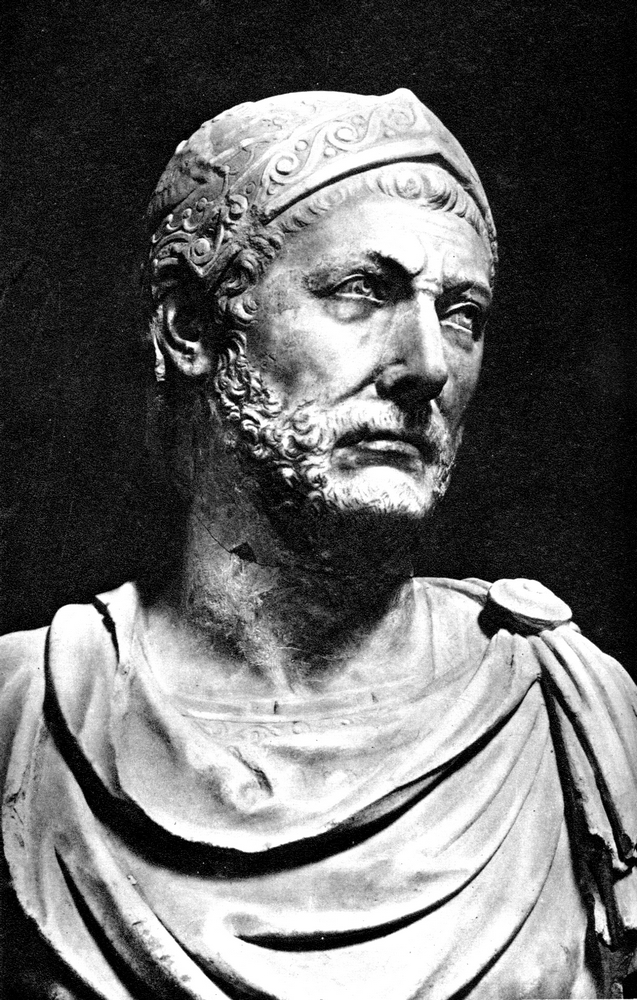
Hannibal was a Carthaginian general and statsman who commanded the forces of Carthage in their battle with the Roman Republic during the Second Punic War. Hannibal’s father, Hamilcar Barca, was a leading Carthaginian commander during the First Punic War.
In 218 BC Hannibal attacked Saguntum, an ally of Rome in Hispania, sparking the Second Punic War. Hannibal invaded Italy by crossing the Alps with North African war elephants. In his first few years in Italy he won a succession of victories, inflicting heavy losses on the Romans. His well-planned strategies allowed him to conquer several Italian cities that were allied to Rome. Hannibal occupied most of southern Italy for 15 years. Carthaginian defeats in Hispania prevented Hannibal from being reinforced, and he was unable to win a decisive victory. A counter-invasion of North Africa led by Roman General Scipio Africanus forced him to return to Carthage. Hannibal was eventually defeated at the Battle of Zama, ending the war in Roman victory.
#2 – Antiochus III (242-187 BC)
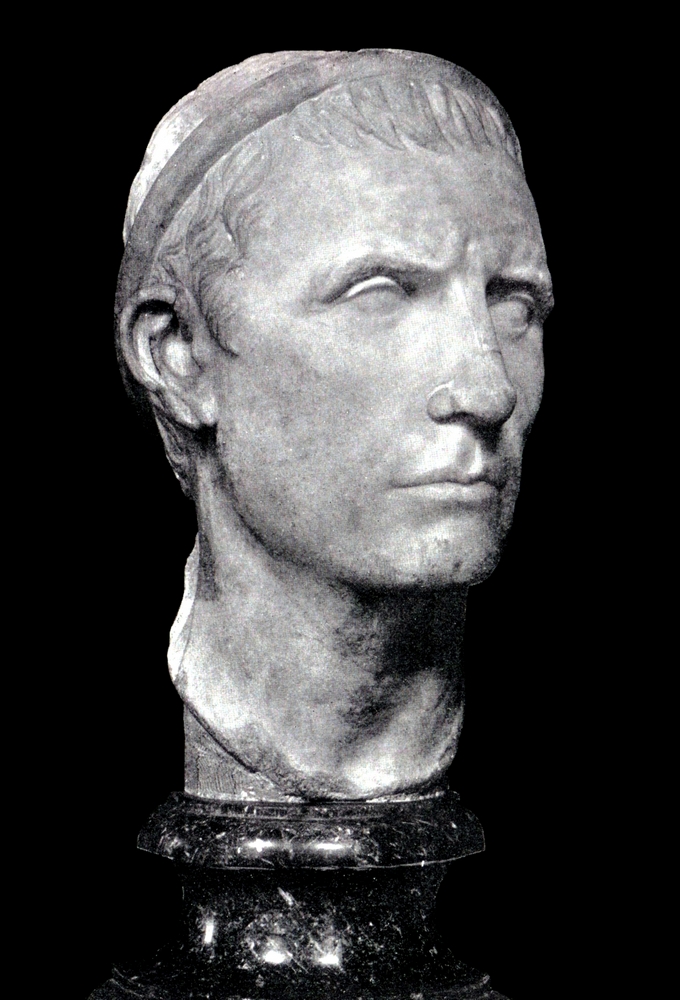
Antiochus III the Great was a Greek Hellenistic king and the 6th ruler of the Seleucid Empire. He ruled over the region of Syria and large parts of the rest of Western Asia towards the end of the 3rd century BC.
A military active ruler, Antiochus restored much of the territory of the Seleucid Empire before suffering a serious setback, towards the end of his reign, in war against Rome. Declaring himself the “champion of Greek freedom against Roman domination”, Antiochus III waged a four-year war against the Roman Republic beginning in mainland Greece in 192 BC, before decisively being defeated at the Battle of Magnesia. He died three years later on campaign in the east.
#3 – Mithridates VI, King of Pontus (120-63 BC)
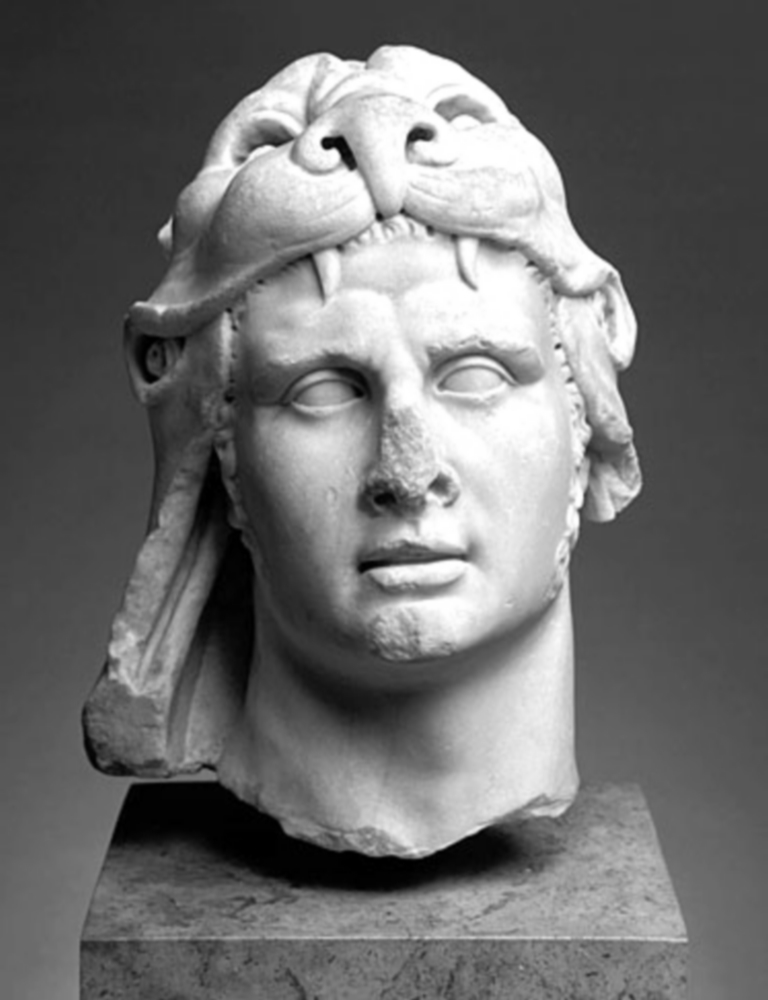
Mithridates VI Eupator was ruler of the Hellenistic Kingdom of Pontus in northern Anatolia from 120 to 63 BC, and one of the Roman Republic’s most formidable and determined opponents. He was an effective, ambitious and ruthless ruler who sought to dominate Asia Minor and the Black Sea region, waging several hard-fought wars to break Roman dominion over Asia and the Hellenic world.
In 73 BC Mithridates attacked Rome with a large army leading to Third Mithridatic War which lasted until 63 BC. Lucullus was sent against Mithridates and the Romans routed the Pontic forces at the Battle of Cabira in 72 BC, driving Mithridates into exile in Tigranes’ Armenia. While Lucullus was preoccupied fighting the Armenians, Mithridates surged back to retake Pontus by crushing four Roman legions under Valerius Triarius and killing 7,000 Roman soldiers at the Battle of Zela in 67 BC. He was routed by Pompey’s legions at the Battle of the Lycus in 66 BC.
#4 – Spartacus (73-71 BC)
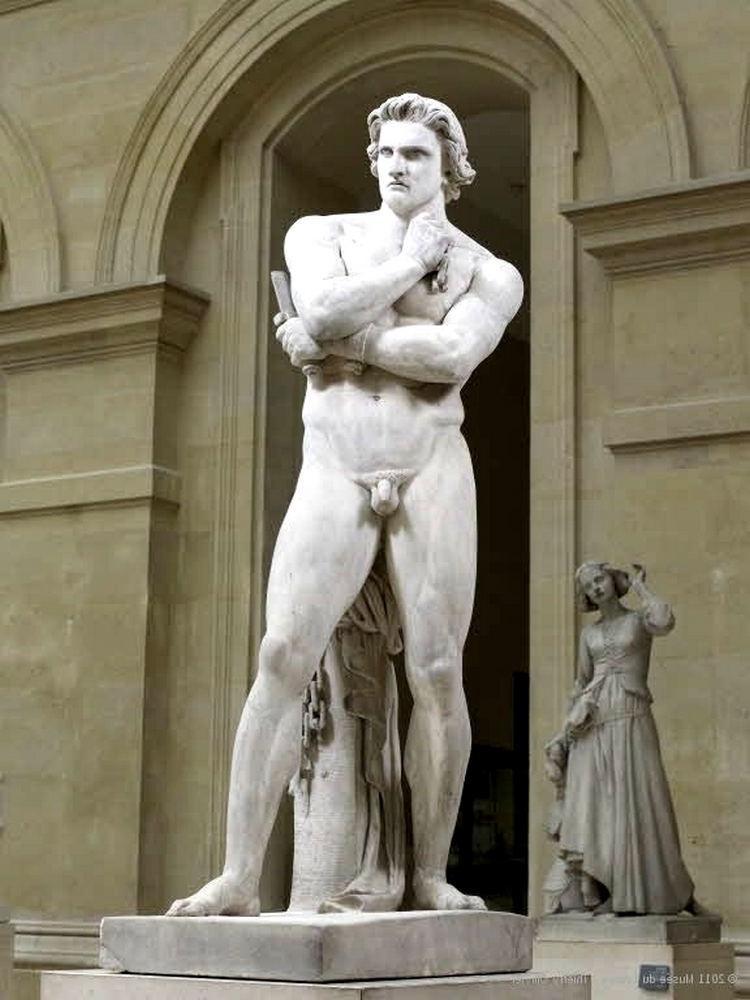
Spartacus was a Thracian gladiator who, along with Crixus, Gannicus, Castus and Oenomaus was one of the escaped slave leaders in the Third Servile War, a major slave uprising against the Roman Republic. Little is known about him beyond the events of the war and surviving historical accounts are sometimes contradictory. All sources, however, agree that he was a former gladiator and an accomplished military leader.
In 73 BC, Spartacus was among a group of gladiators plotting an escape. Once free, the escaped gladiators chose Spartacus as their leaders. The response of the Romans was hampered by the absence of the Roman legions, which were engaged in fighting a revolt in Hispania and the Third Mithridatic War. Spartacus was successful in repelling the Roman militia groups sent for him. Due to his success, more and more slaves flocked to the Spartacus’ forces swelling their ranks to some 70,000.
Alarmed at the continued threat posed by the slaves, the Senate charged Marcus Licinius Crassus, the wealthiest man in Rome and the only volunteer for the position, with ending the rebellion. Crassus was put in charge of eight legions, numbering upwards of 40,000 trained Roman soldiers. Crassus’s legions were victorious in several engagements, forcing Spartacus farther south Lucania as Crassus gained the upper hand.
When the legions managed to catch a portion of the rebels separated from the main army, discipline among Spartacus’s forces broke down as small groups independently attacked the oncoming legions.
The final battle that saw the assumed defeat of Spartacus in 71 BC took place on the present territory of Senerchia. According to most of the records Spartacus died during the battle. 6,000 survivors of the revolt captured by the legions of Crassus were crucified lining the Appian Way from Rome to Capua.
#5 – Cleopatra VII of Egypt (69-31 BC)
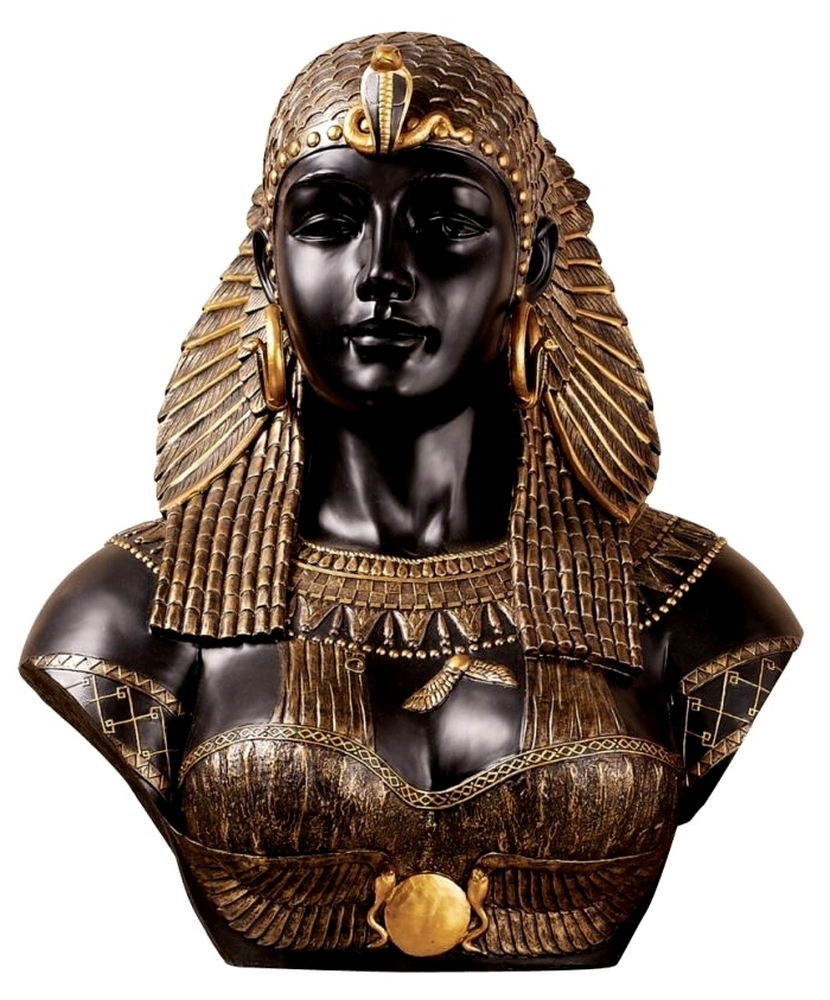
Cleopatra VII Philopator was Queen of the Ptolemaic Kingdom of Egypt and its last active ruler. A member of the Ptolemaic dynasty, she was a descendant of its founder Ptolemy I Soter, a Macedonian Greek general and companion of Alexander the Great. After the death of Cleopatra, Egypt became a province of the Roman Empire.
Deposed from power by her brother, Cleopatra aligned herself with Julius Caesar to regain the throne. After Caesar’s murder, she became the lover to Mark Anthony. But after Mark Anthony had been defeated by the forces of Octavian in the Roman Civil War, Anthony and Cleopatra committed suicide rather than fall into the hand sof Octavius.
#6 – Vercingetorix (52-46 BC)
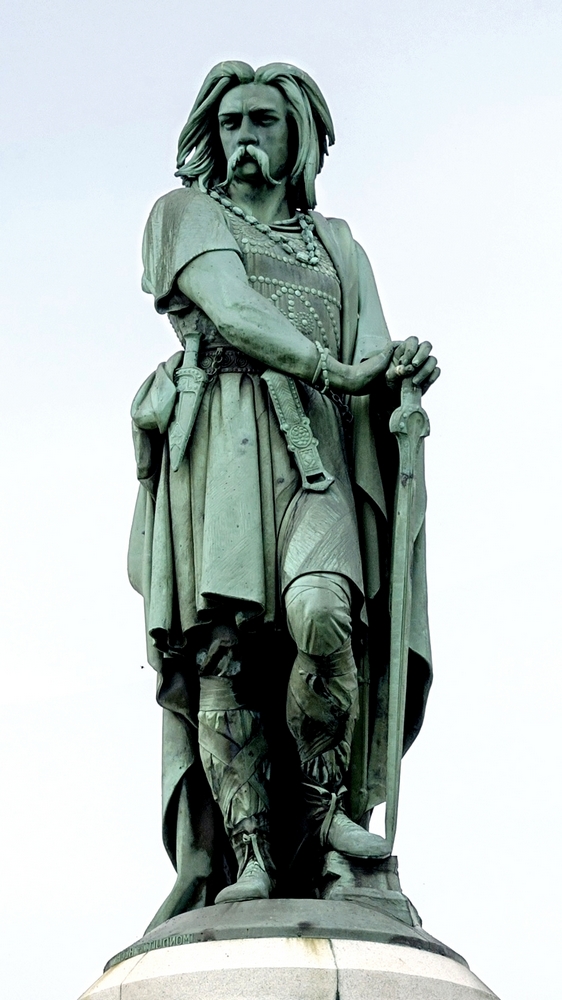
Vercingetorix was a king and chieftain of the Arverni tribe who united the Gauls in a failed revolt against Roman forces during the last phase of Julius Caesar’s Gallic Wars. Despite having willingly surrendered to Caesar, he was executed in Rome.
Caesar had been able to exploit Gaulish internal divisions to easily subjugate the country and Vercingetorix’s attempt to unite the Gaul’s against Roman invasion came too late. At the Battle of Alesia the Romans besiged and defeated his forces. To save as many of his men as possible he gave himself to the Romans. He was held prisoner for five years. In 46 BC, as part of Caesar’s triumph, he was paraded through the streets of Rome and then executed by garroting.
#7 – Caratacus (43-51 AD)

Caratacus was a 1st century AD British chieftain of the Catuvellauni tribe, who resisted the Roman conquest of Britain.
Before the Roman invasion Caratacus asociated with the expansion of his tribe’s territory. His apparent success led to Roman invasion, nominally in support of his defeated enemies. He resisted the Romans for almost a decade, mixing guerilla warfare with set-piece battles, but was unsuccessful in the latter. After his final defeat he fled to the territory of Queen Cartimandua, who captured him and handed him over to the Romans. He was sentenced to death as a military prisoner, but made a speech before his execution that persuaded the Emperor Cladius to spare him.
#8 – Boudica (61 AD)

Boudica was a queen of the British Iceni tribe who led an uprising against the conquering forces of the Roman Empire in AD 61. According to Roman sources shortly after uprising failed, she poisoned herself or died of her wounds. She is considered a British folk hero.
Upon hearing the revolt started by Boudica, Suetonius hurried to Londinium, the 20-year-old commercial settlement that was the rebels’ next target. He lacked sufficient numbers to defend the settlement and he evacuated and abandoned Londinium. An estimated 70,000 – 80,00 Romans and Britons were killed following Boudica’s revolt, many by torture. Suetonius meanwhile regrouped his forces and despite being heavily outnumbered he decisively defeated Britons. The crisis caused Nero to consider withdrawing all Roman forces from Britain, but Suetonius’s victory Boudica confirmed Roman control of the province.
#9 – Simon Bar Cochba (132-135 AD)
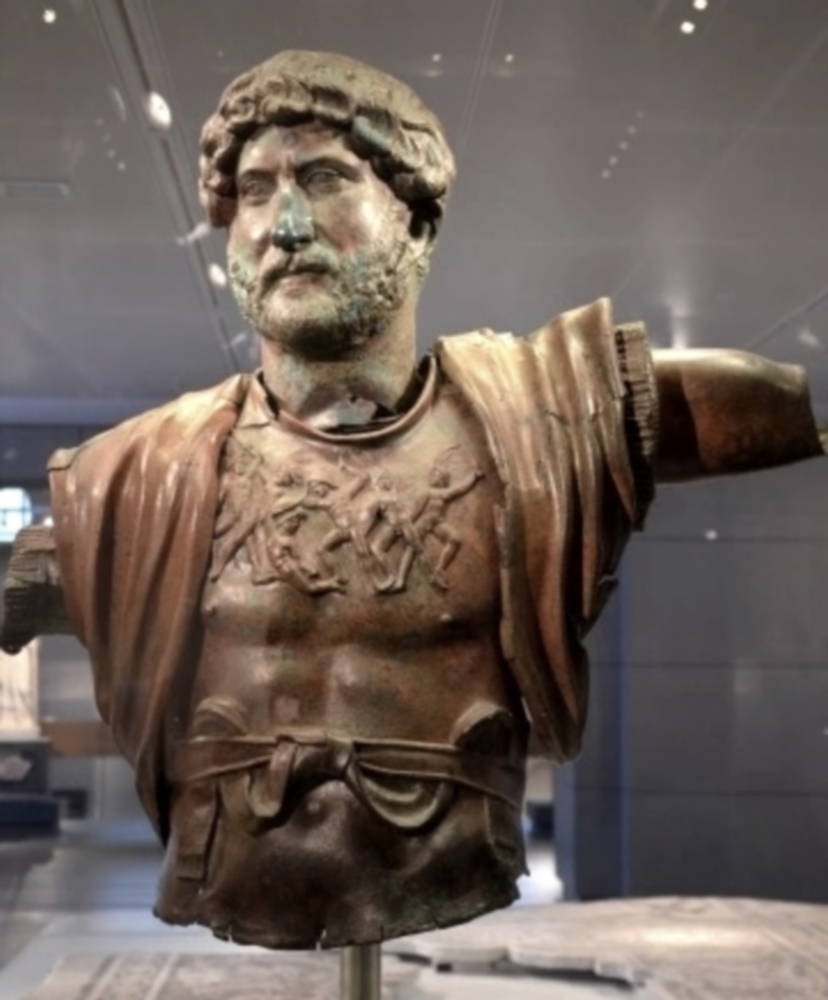
Simon ben Kosevah was a Jewish military leader who led the Bar Kokhba revolt against the Roman Empire in 132 CE. The revolt established a three-year-long independent Jewish state in which Bar Kokhba ruled as “prince”.
During the final phase of the war Bar Kokhba took up refuge in the fortress of Betar. The Romans eventually captured it after laying siege to the city. In the aftermath of the war Hadrian consolidated the older political units of Judaea, Galilee and Samaria into the new province of Syria Palaestina, which is commonly interpreted as an attempt to complete the disassociation with Judea.
#10 – The German Tribes (1st – 2nd Centuries)
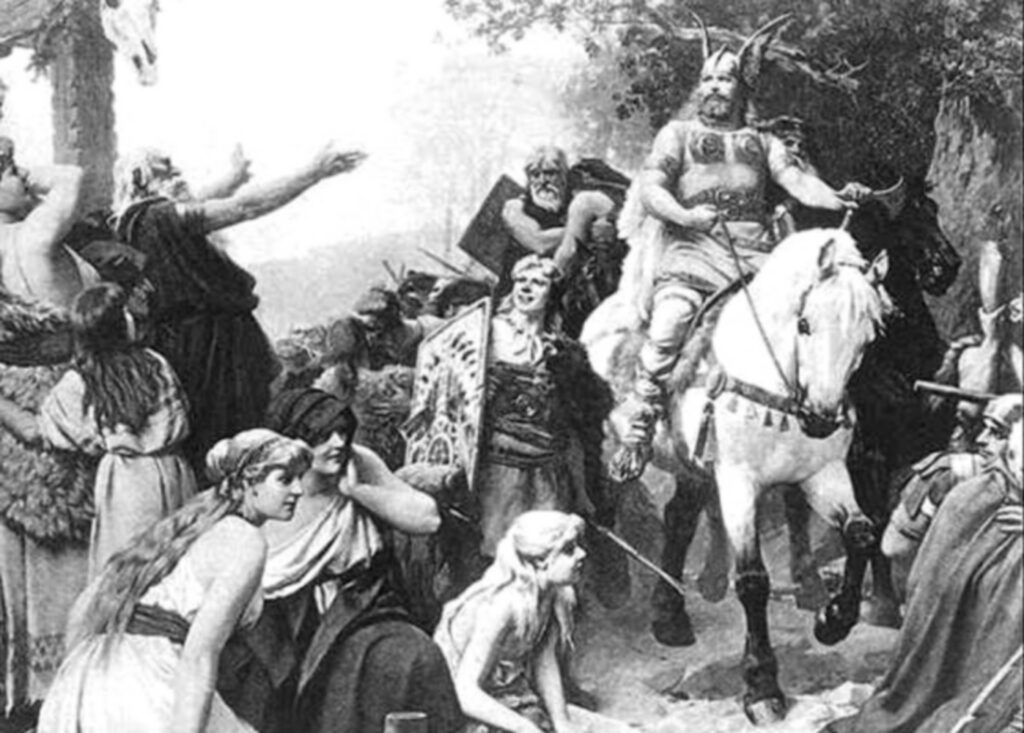
The earliest material culture that may be confidently ascribed to Germanic-speaking peoples is the Iron Age Jastorf Culture, located in what is now Denmark and northeastern Germany. In contrast, Roman authors first described Germanic peoples near the Rhine at the time the Roman Empire established its dominance in that region.
Roman efforts to integrate the large area between Rhine and Elbe ended around 16 CE, following the major Roman defeat at the Battle of the Teutoburg Forest in 9 CE. After their withdrawal from Germania, the Romans built a long fortified border known as the Limes Germanicus to defend against any incursions.
In the 3rd century the Germanic-speaking Goths dominated the Pontic Steppe outside Germania and launched a series of sea expeditions into the Balkans and Anatolia as far as Cyprus. In the late 4th century CE, many Germanic peoples entered the Roman Empire, where they eventually established their own independent kingdoms.
See my other posts at:
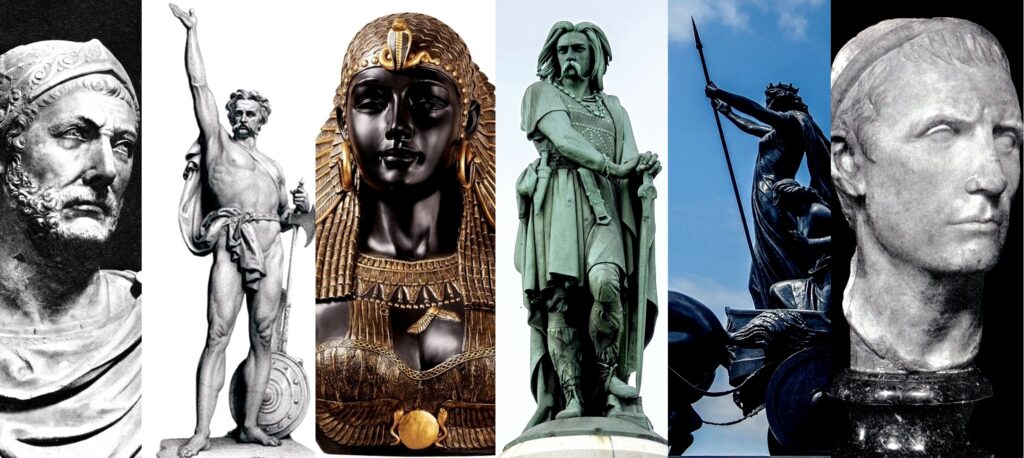
Can Ergür

Wow that was strange. I just wrote an really long comment but after I clicked submit my comment didn’t show up. Grrrr… well I’m not writing all that over again. Anyway, just wanted to say great blog!
You made some fine points there. I did a search on the theme and found nearly all folks will go along with with your blog.
One important issue is that when you are searching for a education loan you may find that you will want a co-signer. There are many scenarios where this is correct because you might find that you do not have a past credit score so the loan provider will require that you’ve got someone cosign the financing for you. Good post.
Great info and straight to the point. I don’t know if this is actually the best place to ask but do you guys have any thoughts on where to get some professional writers? Thx 🙂
It’s a pity you don’t have a donate button! I’d certainly donate to this fantastic blog!
I suppose for now i’ll settle for book-marking and adding your RSS feed to my Google account.
I look forward to brand new updates and will share this blog with my Facebook group.
Chat soon!